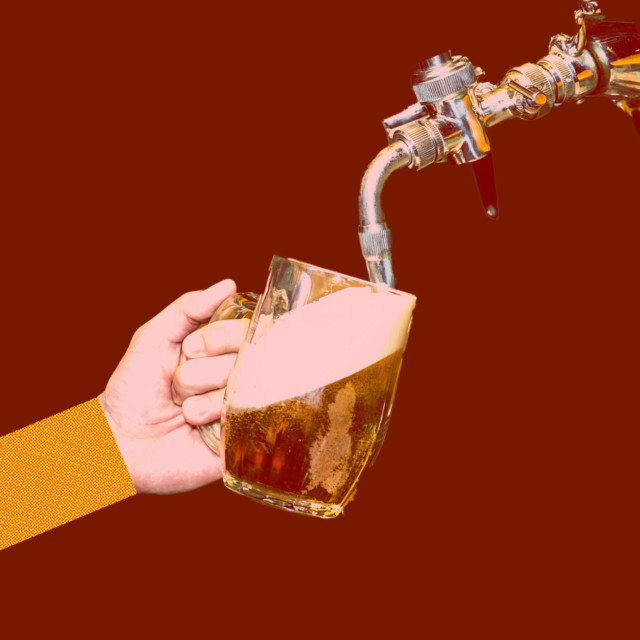While tours and visits to craft brewery taprooms typically involve beer samples, there’s always the possibility that not everyone may be old enough to drink, or that some may be choosing to abstain for any number of reasons. Offering a non-alcoholic option sends the message that a brewery is making space for anyone and everyone who walks through its doors, and one increasingly popular choice is rooted in nostalgia: non-alcoholic root beer.
Root beer has a long history in the United States as a colonized version of sassafras, a medicinal tonic made by Indigenous communities. It is well-documented that colonists used the bark of the sassafras tree as a coffee and tea replacement, but it wasn’t until the 19th century that this beverage took on its modern form.
“Root Beer is having a moment,” says Tim Cigelske, who heads up communications at Sprecher Brewing in Milwaukee, Wis., which has been serving its root beer in its taproom and on tours since 1985. Today, Sprecher’s root beer and craft sodas are outpacing its craft beer sales, and have put the brewery on the map.
Cigelske describes tours in the brewery’s early days as an “all-you-can-drink affair,” in which homebrewers and craft beer fans alike could tour the facility and meet founder Randy Sprecher to learn about the process of making beer. “When kids and families went on these brewery tours, you needed something for the kids,” he says, “so that’s how root beer [at Sprecher] was born. It was a way to create a new craft experience for kids.”
But Sprecher is hardly the only brewery offering non-alcoholic root beers at their tasting rooms and restaurants to accommodate a greater swath of visitors. According to a recent report by Grand View Research, the category is a rapidly growing market projected to reach $1.09 billion by 2030, and breweries are part of that success story.
Two Docs Brewing Co., located in Lubbock, Texas, offers a variety of craft beers, but it’s the root beer that’s getting it tagged and noticed on social media. Its Old Fashioned Root Beer is described as “offering hints of vanilla and a classic root beer taste,” and visitors are happily registering and rating Two Docs’ brews on the popular beer rating app Untapped.
Eric Washington, Two Docs’ general manager and part-owner, notes that the things he and his team love about beer have less to do with alcohol content than one might expect. “One of our core values is that everybody can come around our beer house and enjoy themselves and have a good conversation and a good time,” he says. “So, we’re just happy to offer something that we put as much thought and effort into for people that don’t want alcohol, and obviously [for] kids.”
The decision to lean into root beer’s appeal coincides with a renewed desire among consumers for flavors that offer simplicity and familiarity. In its 2022 beverage drinks trend predictions, the beverage development company Flavorman noted that childhood favorites like watermelon, strawberry, cherry, apple, and grape will see a resurgence as consumers reach for those immediately recognizable and nostalgic profiles. This desire for comfort also resonates with the team at Two Docs. “We wanted our root beer to remind everybody of going to the drugstore or a drink from a soda fountain,” says Washington. “It’s got a good carbonation and a very rich profile to it.”
The category has even catapulted Sprecher into the direct-to-consumer space and in front of a national audience, and the beverage’s surprising popularity inspired the team to expand into a line of craft sodas, including its No. 2 seller, cream soda. Sprecher also offers other classic soda fountain flavors that have allowed it to expand into 35 states. “Outside of [Wisconsin] especially, people don’t know that we got our start in craft beer!” says Cigelske.
Today, it’s still the highest-selling SKU for the brewery, outpacing other offerings by three to one. With a recent retail expansion to 500 Walmart locations, the company has experienced significant growth with no signs of stopping. “Omnichannel is the word now,” says Cigelske, and meeting customers where they are, “whether that’s a convenience store to get our new 16-ounce cans, a grocery store for a 4-pack, or online, we want to reach people where they’re at.”
